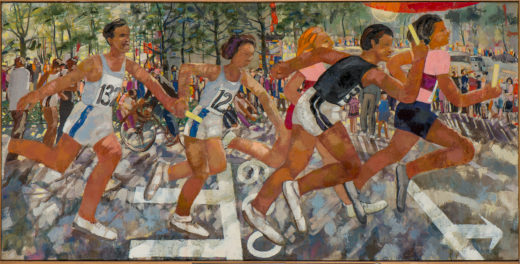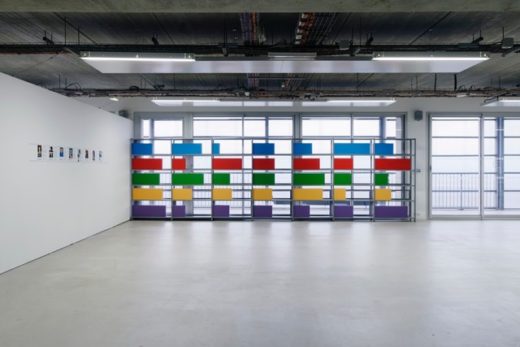“Made in Yugoslavia”: Struggles with Self-Management in the New Art Practice, 1965–71
In September 1978, Zagreb’s Gallery of Contemporary Art staged the first survey exhibition of conceptual and performance art in Yugoslavia: The New Art Practice, 1966–78. Forty years on, the phenomenon continues to attract a substantial amount of scholarly and curatorial attention, largely because of its globally-renowned affiliates, such as Marina Abramović, Sanja Iveković and Mladen Stilinović, among others. But academic work has been hesitant to address the deeper political, economic and institutional factors that underpinned the New Art’s emergence and secured its prolific development. This article proposes that the New Art both came out of, and responded to, a complex … Read more

![Vlado Jakolić, Photograph from Izložba žena i muškaraca [Exhibition of Women and Men], June 26, 1969, Galerija Studentskog centra, Zagreb. Image courtesy of Arhiv za likovnke umjetnosti HAZU, Zagreb, Inv. no.: SC-46/F1.](https://artmargins.com/wp-content/uploads/2019/02/ARTM-Ilic_f02-520x358.jpg)






